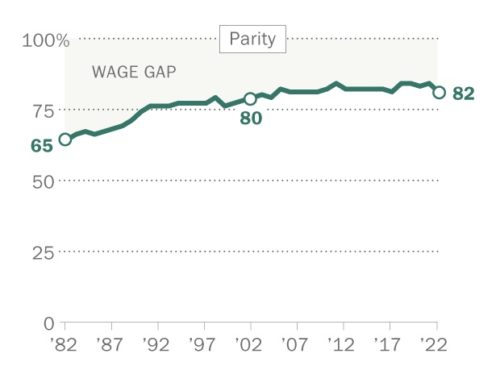While the origin of St. Valentine’s Day is controversial, it is generally thought to evolve from a strange Roman tradition. From February 13-15, Romans celebrated the feast of Lupercalia. The men sacrificed a goat and a dog, then whipped women with the hides of the animals they had just slain.
The Roman romantics “were drunk. They were naked,” says Noel Lenski, a historian at the University of Colorado at Boulder. Young women would actually line up for the men to hit them, Lenski says. They believed this would make them fertile.
The brutal fete included a matchmaking lottery, in which young men drew the names of women from a jar. The couple would then be coupled up for the duration of the festival — or longer, if the match was right.
The ancient Romans may also be responsible for the name of our modern day of love. Emperor Claudius II executed two men — both named Valentine — on Feb. 14 of different years in the 3rd century A.D. Around the 6th century, the Catholic Church changed the name to St. Valentine’s Day to honor their martyrdom
As the years went on, the holiday grew more romantic. Chaucer and Shakespeare romanticized it in their work, and it gained popularity throughout Britain and the rest of Europe. Handmade paper cards became the tokens-du-jour in the Middle Ages.
Eventually, the tradition made its way to the New World. The industrial revolution ushered in factory-made cards in the 19th century. And in 1913, Hallmark Cards of Kansas City, Mo., began mass producing valentines. February has not been the same since.
In 2020 Valentine’s Day Shoppers will spend in record numbers. According to the National Retail Foundation, they will add $27.4 billion to the economy. The increase (31%) over 2019 ($20.7 Billion) reflects strong consumer confidence.
Alas, the days of monogamy appear challenged. 36.4% of Millennials will purchase a gift for more than one partner!



